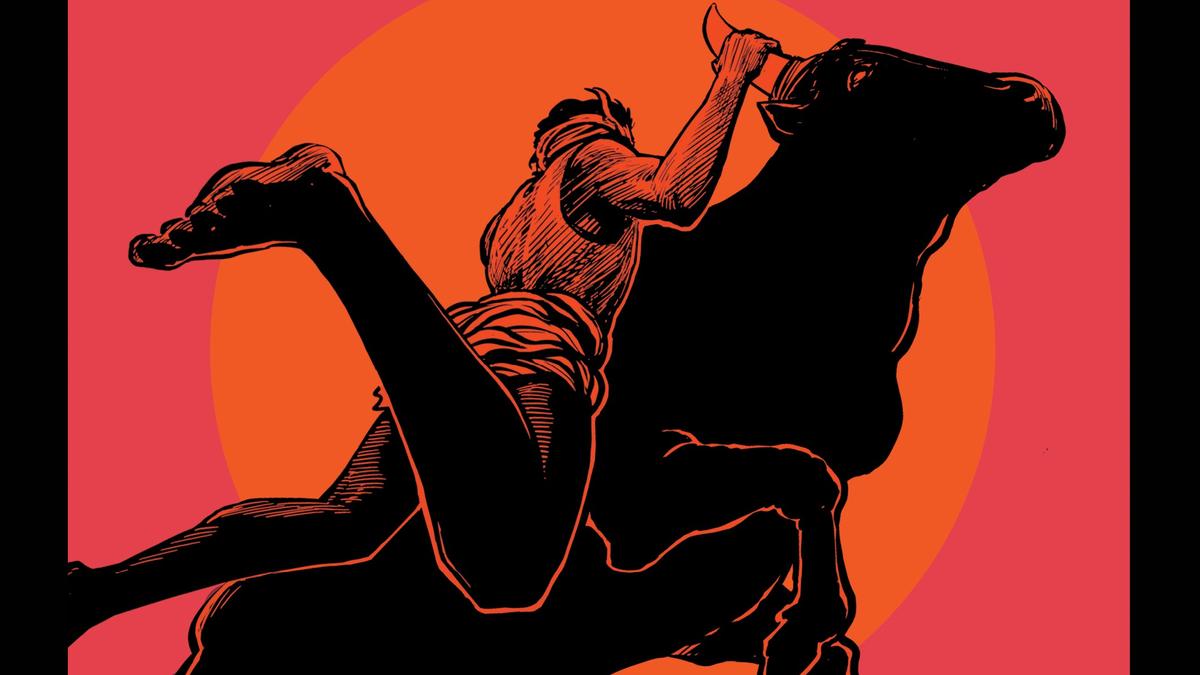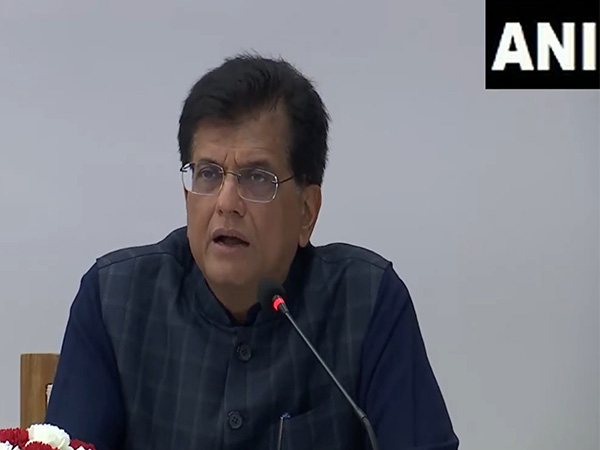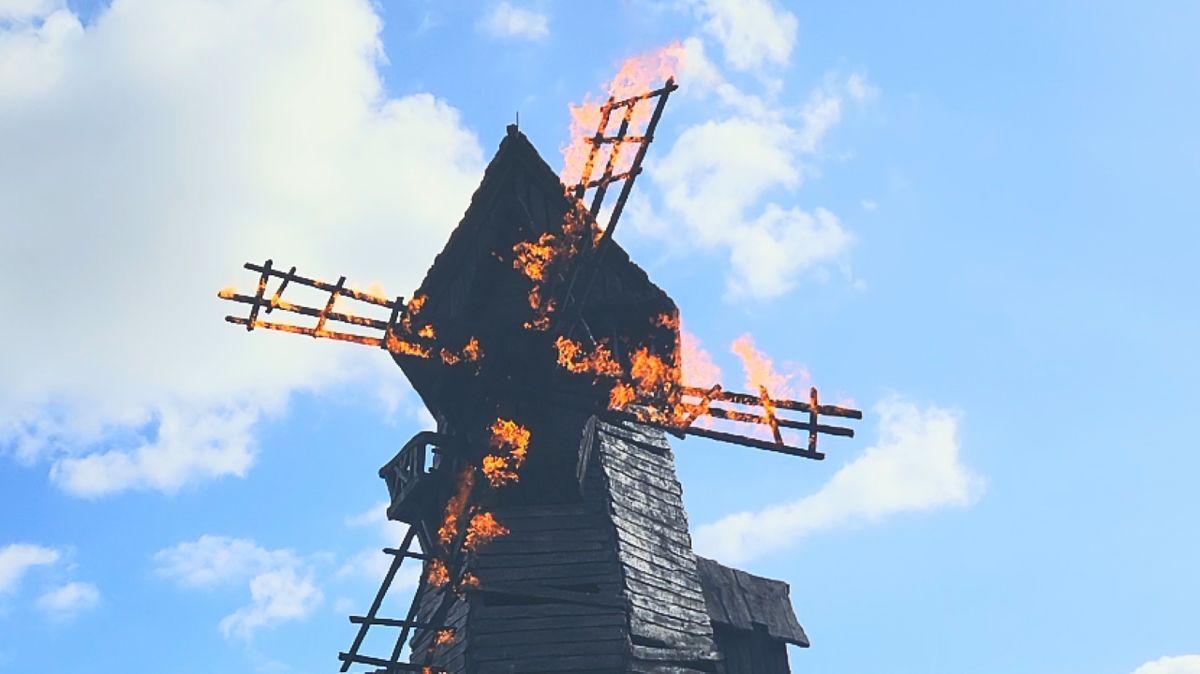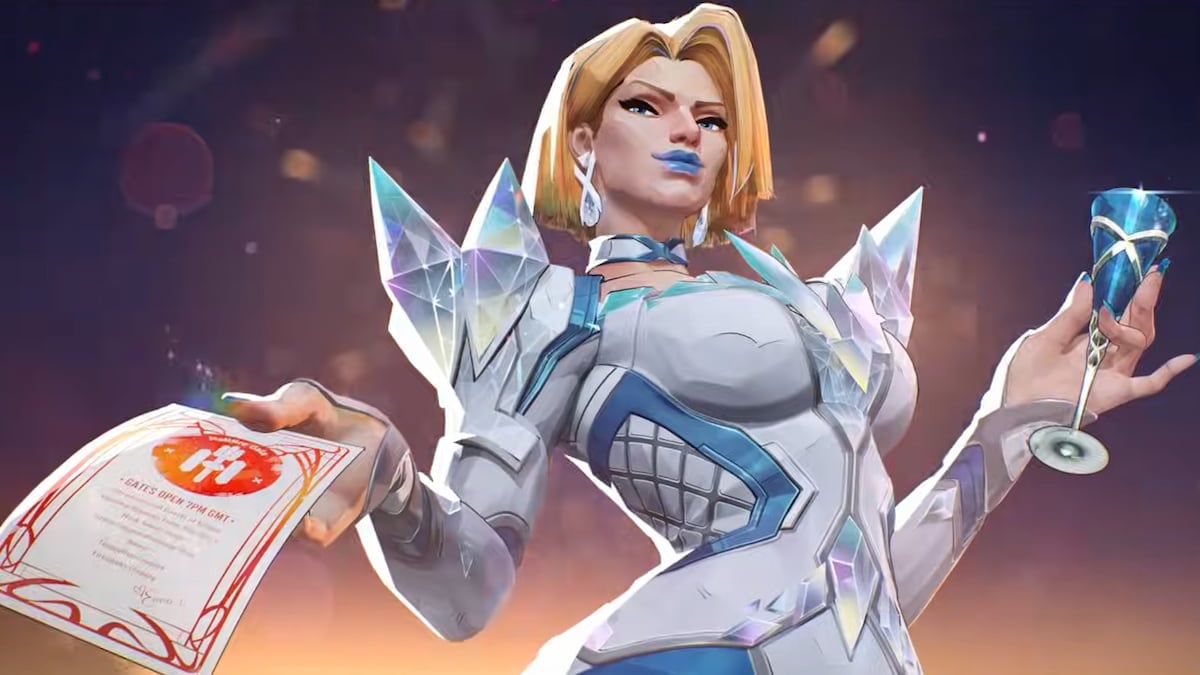The crowd watches with bated breath. It is a tussle between man and beast. Who will win? Pichi the boy, Kaari the fierce bull, or the zamindar who owns the animal? Clouds of mud fly up in the air as the crowd in Chellayipuram throngs the vaadivaasal (entrance to the arena) to see the jallikkattu action live.
Vaadivaasal: The Arena is a graphic novel adaptation of the book by the same name by CS Chellappa published in 1949, written by author Perumal Murugan along with Bengaluru-based comic book artist Appupen, who has also illustrated it. Appupen stayed in Madurai for three days to soak in the chaos at the arena. “You have to just stand in the sun and feel it to get that mood.

So you will think of it with the discomfort in mind. That’s what you need. But if you were on your sofa and surfing photos of it online, you are not getting the mood because you are in your comfort zone.
You have to be with the people, see the dust, and sweat.” A panel from the graphic novel | Photo Credit: special arrangement Working with Perumal Murugan was one of the many highlights of this project for him. “He was accepting of me, and was taking my suggestions.
I wanted to show myself that I am thinking of the craft of storytelling in a way he can accept.” Initially, Appupen made a rough storyboard of 30 pages to show Murugan the nature of the work. “I told him for our comic, we won’t write what we have shown in the drawing unlike some comics in India.
We wanted to talk to a more informed audience, treat them better. And he took it seriously.” The graphic novel medium urged Murugan to think more visually.
“I already had an experience of writing film scripts. Appupen decided what was necessary and unnecessary according to his images. We had an understanding between each other,” says the writer.
As a writer who wrote the foreword for the republished version of Vaadivaasal in 2004, he was also familiar with the writings of Chellappa including another book of short stories on bulls. Perumal Murugan | Photo Credit: JOTHI RAMALINGAM B CS Chellappa looks at jallikkattu with the detached perspective of a writer, says Perumal. “He has such a good knowledge about the bulls himself because he comes from the Ayyar family, the landowners.
And many of them used to raise bulls. He has also gone to Alanganallur and taken almost 150 photos of jallikkattu himself. ” He does not look at it through the binary of right or wrong.
“He is not trying to take a stand for the humans or the bull. And this is a form some writers employ; they stand in the periphery of an event, focussing on the emotions and stories involved.“ In the novel, you see Pichi, a fallen champion, and zamindar in all his complexity.
“The zamindar is not a bad guy. He has great qualities, he appreciates Pichi who is also not outrightly trying to be a hero, and is vulnerable,” says Appupen. Perumal Murugan talks more about the position a zamindar holds in the novel set in the British period.
“He is an extremely powerful figure; he has almost 10 to 20 villages within the limit that he administers. The fear of losing that power is associated with the defeat and victory of his bull. Kaari is a symbol of all that.
” Comic artist Appupen | Photo Credit: SUDHAKARA JAIN It’s hard to miss the regional cadences in Vaadivaasal . From Pichi and Maruthan, his friend, to the onlookers and the grandfather figure who eggs him on to fight, their words carry the lilt of Tamil. “Sometimes editors want proper English, but sometimes a character might be talking in broken English! Now, don’t clean that up.
If it’s a bad editor, all your characters will sound the same,” says Appupen. The love for the animal is an important ingredient in this 2,000-year old tradition, Murugan explains. Coming from an agricultural family, Murugan too is familiar with the tradition of jallikkattu.
“I know how it is to raise cattle, what are the characteristics of the bulls...
” Murugan’s students themselves are jallikkattu players. He has seen them feeding the bulls all through the year, making them practice for the big day. The tradition springs from an organic relationship between man and cattle in an agrarian set up.
Murugan adds, “In the story, Pichi’s father, even after he is injured by the bull, does not tell his son not to take part in the sport because it’s risky. He urges him to keep his pride alive by winning the next game. Jallikkattu is a culture where so many factors come to play: pride, ego, rivalry and love.
A writer’s job is to chart all these human emotions.” Published by Simon & Schuster, the book is priced at ₹699 Published - April 04, 2025 05:19 pm IST Copy link Email Facebook Twitter Telegram LinkedIn WhatsApp Reddit The Hindu Weekend / books and literature.
Entertainment

Author Perumal Murugan and artist Appupen reimagine CS Chellappa’s Vaadivaasal as a graphic novel

A graphic book adaptation of CS Chellappa’s Vaadivaasal penned by Perumal Murugan and comic book artist Appupen captures the ethos of Tamil Nadu’s spirited jallikattu















